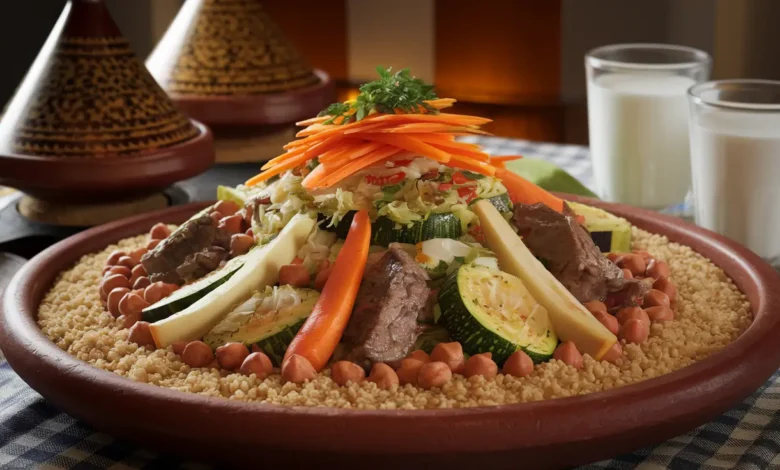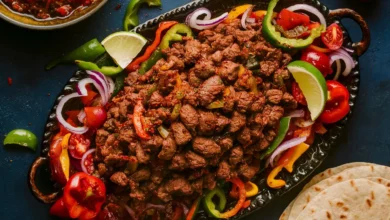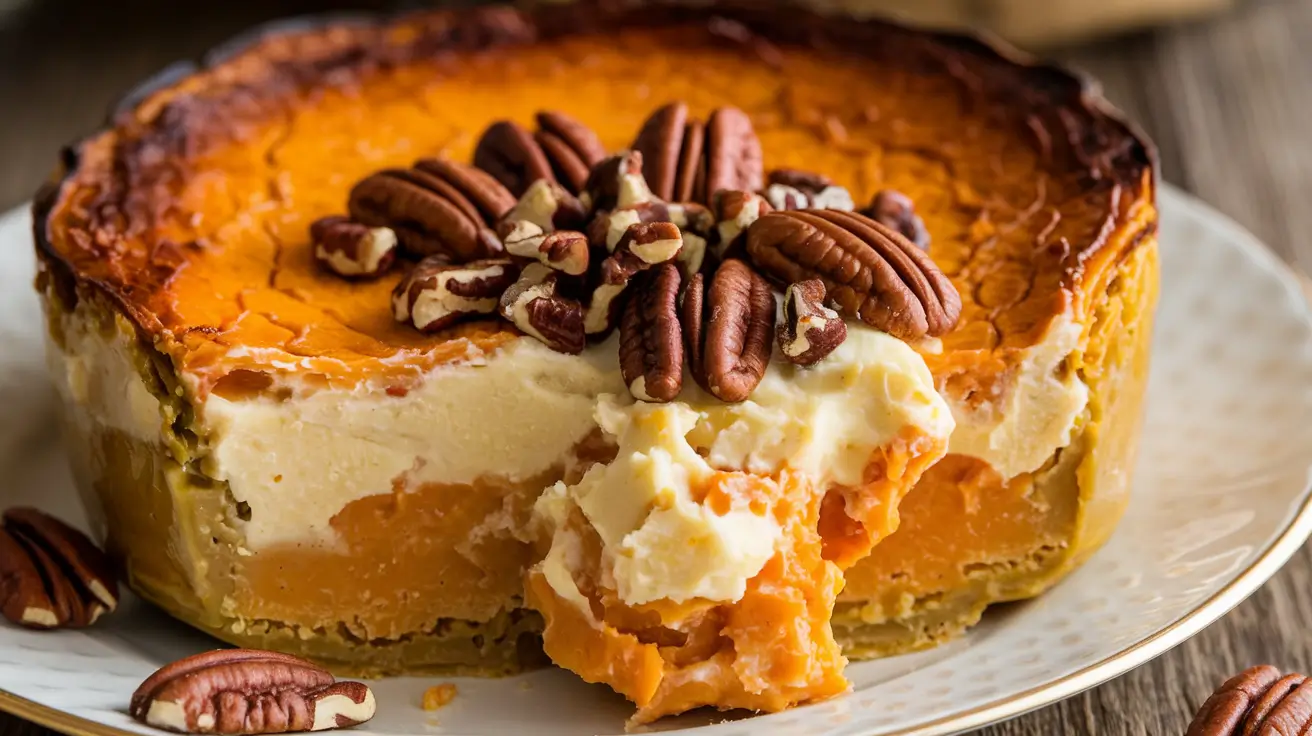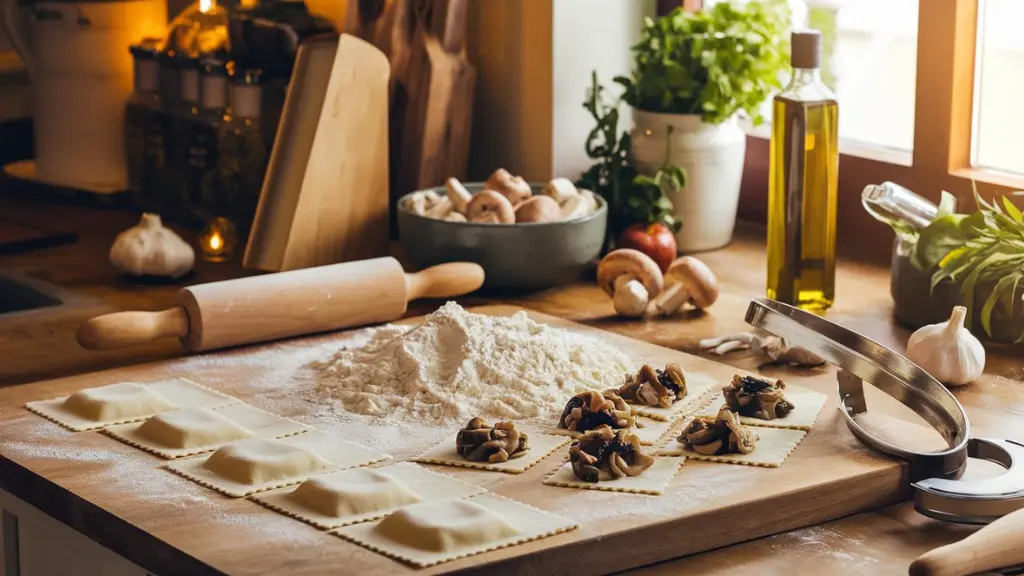The Ultimate Guide to Authentic Moroccan Couscous: Traditional Methods vs Modern Preparation

Traditional Moroccan couscous is far more than just a quick-cooking grain – it’s a centuries-old culinary tradition that tells the story of North African cuisine. As someone raised in a traditional Moroccan household, I’ve witnessed firsthand how this humble dish carries deep cultural significance that goes far beyond its simple ingredients. Let me take you on a journey through the rich heritage and proper preparation of authentic Moroccan couscous.
What Is Real Moroccan Couscous?
Many are surprised to learn that in Morocco, “couscous” doesn’t simply refer to the tiny semolina balls we’re familiar with in Western supermarkets. Instead, it describes an entire dish: tender meat and vegetables slowly simmered in aromatic broth, served over perfectly steamed semolina granules. These granules, known locally as “smida,” are made from durum wheat and form the foundation of this iconic dish.
The authentic preparation of couscous is an art form that has been passed down through generations. Each family’s recipe might vary slightly, but the fundamental techniques and respect for tradition remain constant throughout Morocco and North Africa.
The Ancient Origins of Couscous
The history of couscous stretches back over 2,000 years to the Berbers, North Africa’s indigenous people. The word itself derives from the Berber term “keskas,” referring to the traditional cooking vessel used to prepare it. Like their invention of the tagine, the Berbers’ contribution to couscous preparation methods continues to influence Moroccan cuisine today.
Archaeological evidence suggests that the earliest tools for couscous preparation date back to the reign of the Berber king Massinissa, during the 3rd century BCE. This ancient origin highlights not only the dish’s cultural importance but also its remarkable staying power in North African cuisine.
The Art of Traditional Preparation
Hand-Rolling Process
The traditional preparation of couscous begins with the meticulous process of hand-rolling. This labor-intensive technique requires:
- Starting with high-quality semolina flour
- Gradually sprinkling water while rolling the mixture with palm movements
- Creating uniform, tiny granules through careful manipulation
- Sieving the granules to ensure consistent size
- Repeating the process multiple times to achieve the perfect texture
This process, though time-consuming, creates couscous with superior texture and the ability to better absorb flavors from the cooking broth.
The Couscoussière: The Heart of Couscous Cooking
The traditional cooking vessel, known as a couscoussière or keskas, is essential for authentic preparation. This two-part cooking system consists of:
- A bottom pot for cooking the broth, meat, and vegetables
- A perforated top section for steaming the couscous
- A tight seal between the two parts to ensure proper steam circulation
The design of this cooking vessel allows the couscous to steam gradually while absorbing the aromatic vapors from the stew below, creating a harmonious blend of flavors in the final dish.
Modern Adaptations and Convenience
The Evolution of Couscous Preparation
In today’s fast-paced world, traditional hand-rolling has largely given way to commercial production. While many Moroccan families no longer make couscous from scratch, they maintain high standards for its preparation:
- Purchasing quality pre-rolled couscous from trusted sources
- Maintaining traditional steaming methods
- Refusing to compromise on proper cooking techniques
- Preserving the communal aspect of serving and eating
Quick-Cooking Methods: A Modern Compromise
The introduction of instant couscous has revolutionized how this dish is prepared outside of North Africa. While purists might dismiss these quick-cooking versions, they have their place in modern kitchens:
- Perfect for busy weeknight meals
- Ideal for introducing newcomers to Moroccan cuisine
- Convenient for small portions
- Suitable for simple side dishes
Cultural Significance and Traditions
The Friday Ritual
In Morocco, couscous holds a special place as the traditional Friday meal. This weekly ritual carries deep significance:
- Symbolizes family unity and community bonds
- Marks the Islamic holy day
- Provides an opportunity for extended family gatherings
- Creates a rhythm to the week through food tradition
Communal Dining Experience
The serving and eating of couscous is inherently communal:
- Large, shared platters encourage conversation and connection
- Specific etiquette governs how to eat from the communal dish
- Each diner has their “territory” in the shared plate
- The arrangement of vegetables and meat follows traditional patterns
Mastering Couscous Preparation
Traditional Method Tips
For those wanting to experience authentic couscous:
- Steam the couscous three times for optimal texture
- Between steamings, separate the granules by hand
- Add small amounts of salted water between steamings
- Allow proper resting time after final steaming
- Finish with high-quality olive oil or butter
Quick-Cooking Success
If using instant couscous:
- Measure water precisely to avoid soggy results
- Toast the dry couscous before adding liquid
- Use stock instead of water for more flavor
- Allow proper resting time before fluffing
- Add butter or oil while fluffing for better texture
Regional Variations and Serving Suggestions
Traditional Accompaniments
The classic Moroccan couscous can be served with:
- Seven-vegetable stew (couscous aux sept légumes)
- Tfaya (caramelized onions and raisins)
- Spicy harissa sauce
- Fresh herbs and additional broth on the side
Modern Interpretations
Contemporary takes on couscous include:
- Vegetarian and vegan variations
- Seafood-based versions
- Cold couscous salads
- Fusion dishes incorporating international ingredients
Preserving Tradition in a Modern World
While convenience products have their place, maintaining traditional couscous preparation methods is crucial for preserving Moroccan cultural heritage. Many families strike a balance by:
- Using traditional methods for special occasions
- Teaching younger generations proper techniques
- Maintaining the communal aspect of couscous meals
- Adapting traditional methods to modern time constraints
Whether you choose to embrace traditional preparation methods or opt for modern convenience, understanding the rich history and proper techniques of Moroccan couscous will enhance your appreciation and enjoyment of this remarkable dish. The key is to approach its preparation with respect for tradition while adapting to contemporary needs and lifestyle demands.




